Judging the works of creatives from all over the world all day, living in a state of constant inspiration—curating at Behance sounds like a dream for many. We talked to Nami Berglund who has been working as a curator for the art website for 10 years—she shared her experience about her job, told us about the ongoing trends in the creative industry, and why she feels so uplifted by the region’s artists. This interview was published in print in Hype&Hyper 2021/2.
Millions around the world know and use Behance on a daily basis, but not many are aware of how it all started. Can you tell us about the beginnings and how you became part of the team?
Behance was founded by Scott Belsky and Matias Corea in 2005. Both of them are always full of ideas—Matias is a designer while Scott works as a creative business professional. I joined the (team) after I moved to New York from Tokyo. I used to browse Behance a lot and fell in love with the concept. When I saw they were looking for curators I thought: “Oh, I can do that!”—so I gave it a shot and sent in my CV. It took a good couple of months before I reached the interview stage and got the job. I’ve been working here ever since, curating everything on Behance together with Oscar Ramos Orozco. And it’s been 10 years already—a long time in the same position… A lot has changed since we merged with Adobe, though: we are also selecting designers and artists for (Adobe), curating (many) different lists such as (moodboards and artist recommendations) at the same time, and providing our insights to design trends.
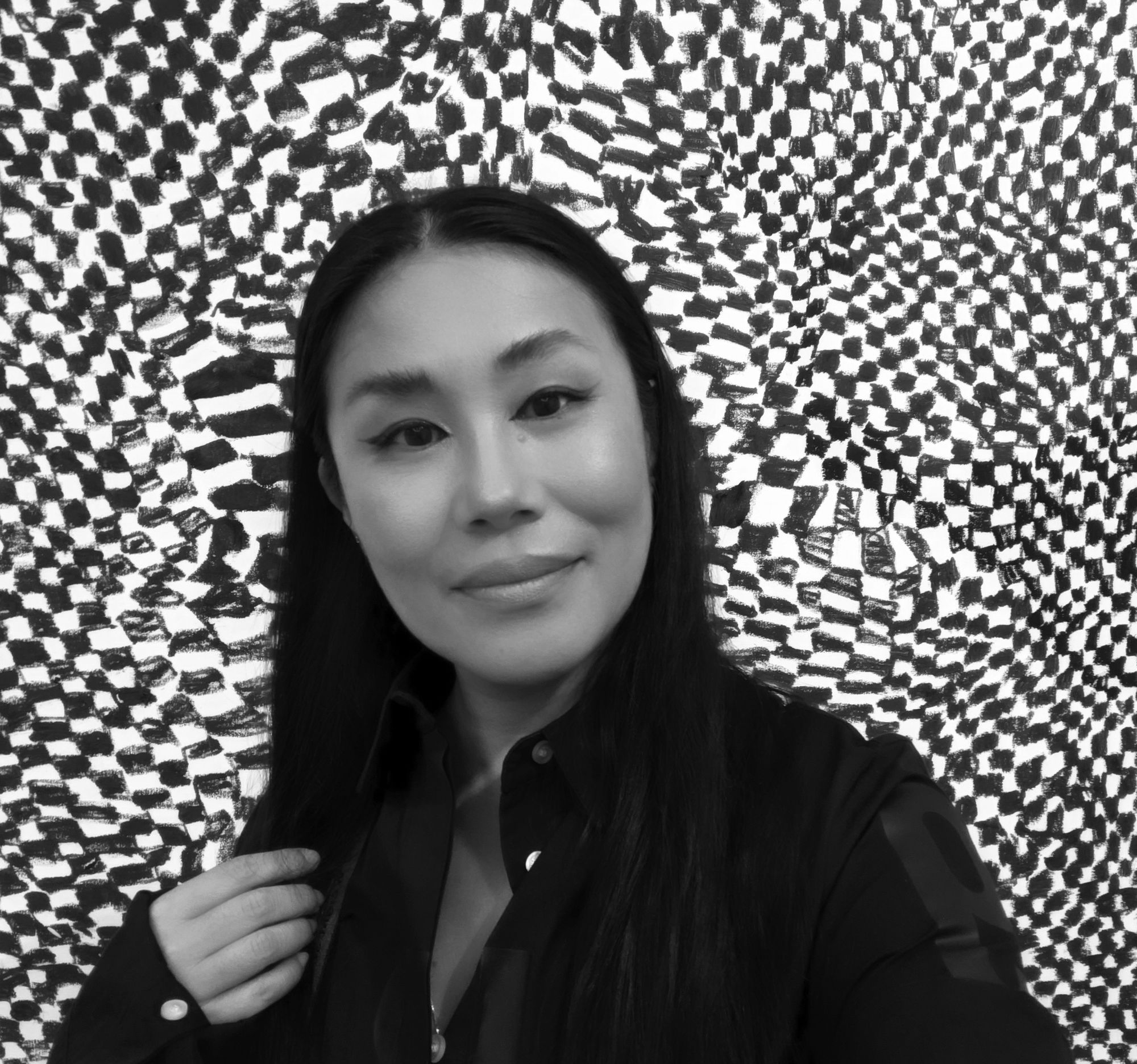
As you said—10 years in the same position is quite impressive. Especially when you have to go through hundreds and thousands of portfolios every day! How do you keep your gaze fresh and prevent burning out from all the projects? What does a day in the life of a curator at Behance look like?
So very true! I work 9-5 each day, spending approximately 5 seconds looking at one project. Trust me when I say: I work very very fast. I have no other choice really—there are so many talents waiting to be discovered in the sea of works I need to look through. With Oscar, we try to be as focused as possible, but I still think this type of profession demands a certain type of personality.
I usually start my day with a run. I worked from home even before the pandemic and this hasn’t changed since. So I run a few laps in the parks of Brooklyn, I take a shower, drink my coffee, and then I get down to work. Music is a huge help when I try to concentrate. I choose a playlist that matches my mood: I listen to a lot of metal, classical music, house, techno, or podcasts when I feel like hearing conversations around me. I frequently go to exhibitions and openings after work to have a chance to meet the artists in person.
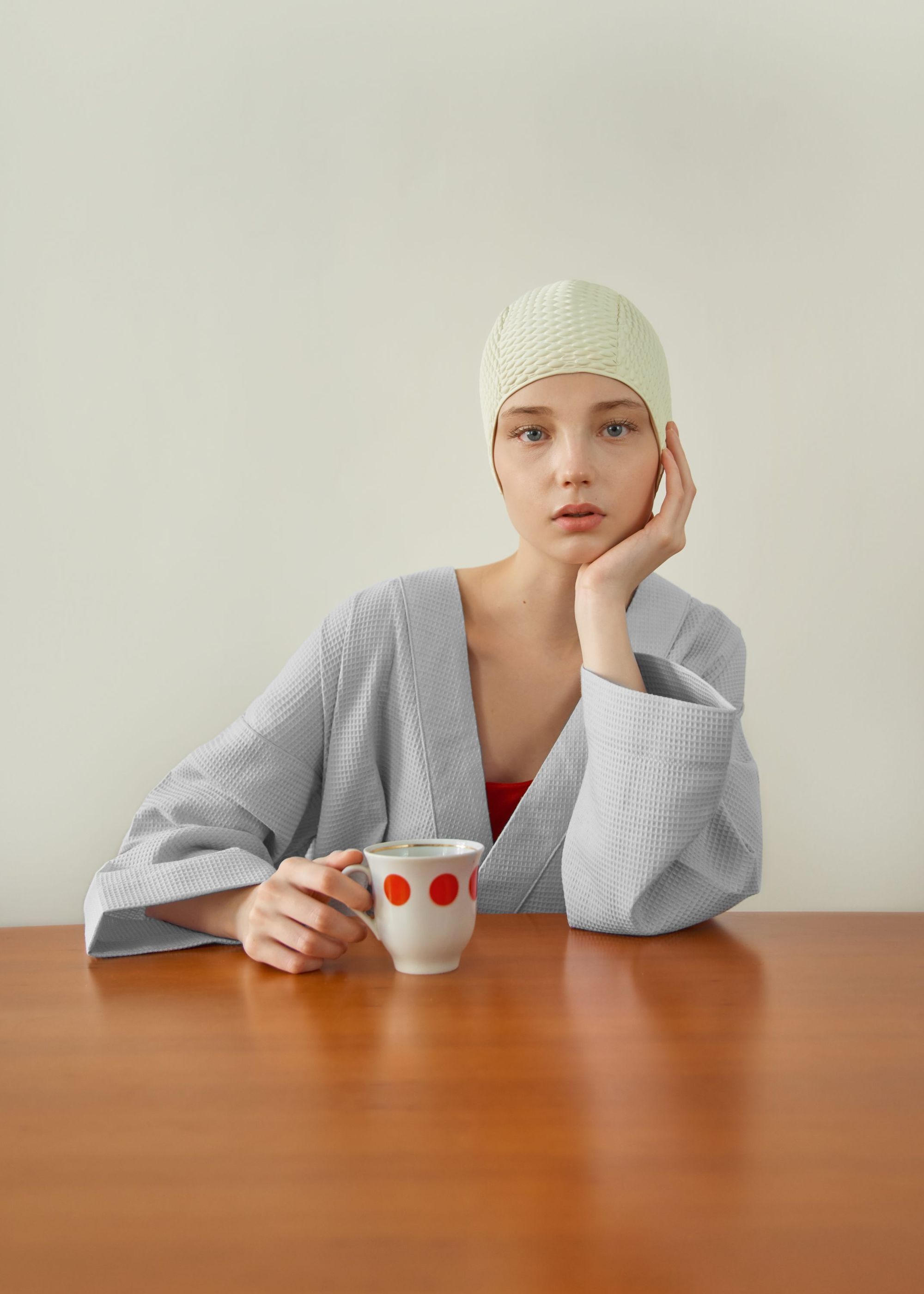
Why do you think Behance became such a driving force in the creative industry in an atmosphere where so many competing platforms are present?
My first guess is because we put a lot of effort into the presentation of projects. Behance is easier to navigate in this regard than any other competitor. Human curation is extremely important as well. A lot of people (assume) that Behance uses (a similar) algorithm as Amazon or Ebay—this is (far) from the truth, and this is exactly what sets us apart from other platforms. I’ve also heard about NFT galleries with “community curation” and I was surprised some of them are operating without a curation team behind these projects—an intriguing concept.
Back to Behance: we are what we are because there isn’t a huge pool of curators choosing according to their personal tastes and preferences. What I personally like is not reflected in my work as a curator. One of the reasons for this is that there is a really wide range of works on Behance from comics to contemporary art pieces, a selection of projects way broader than my own interests. The only aspects that we take into consideration are the quality of the project and how it’s presented. The latter is extremely important!
When somebody creates a beautiful oil painting on canvas and only snaps a picture of it to send to us is not enough. Presentation needs to play a vital role since Behance is about portfolios, about the artistic workflow. If an agency or a museum is looking for artists or employees, they will also be interested in how a certain piece was made. This is why it’s important for us to only select a well-presented work / projects.
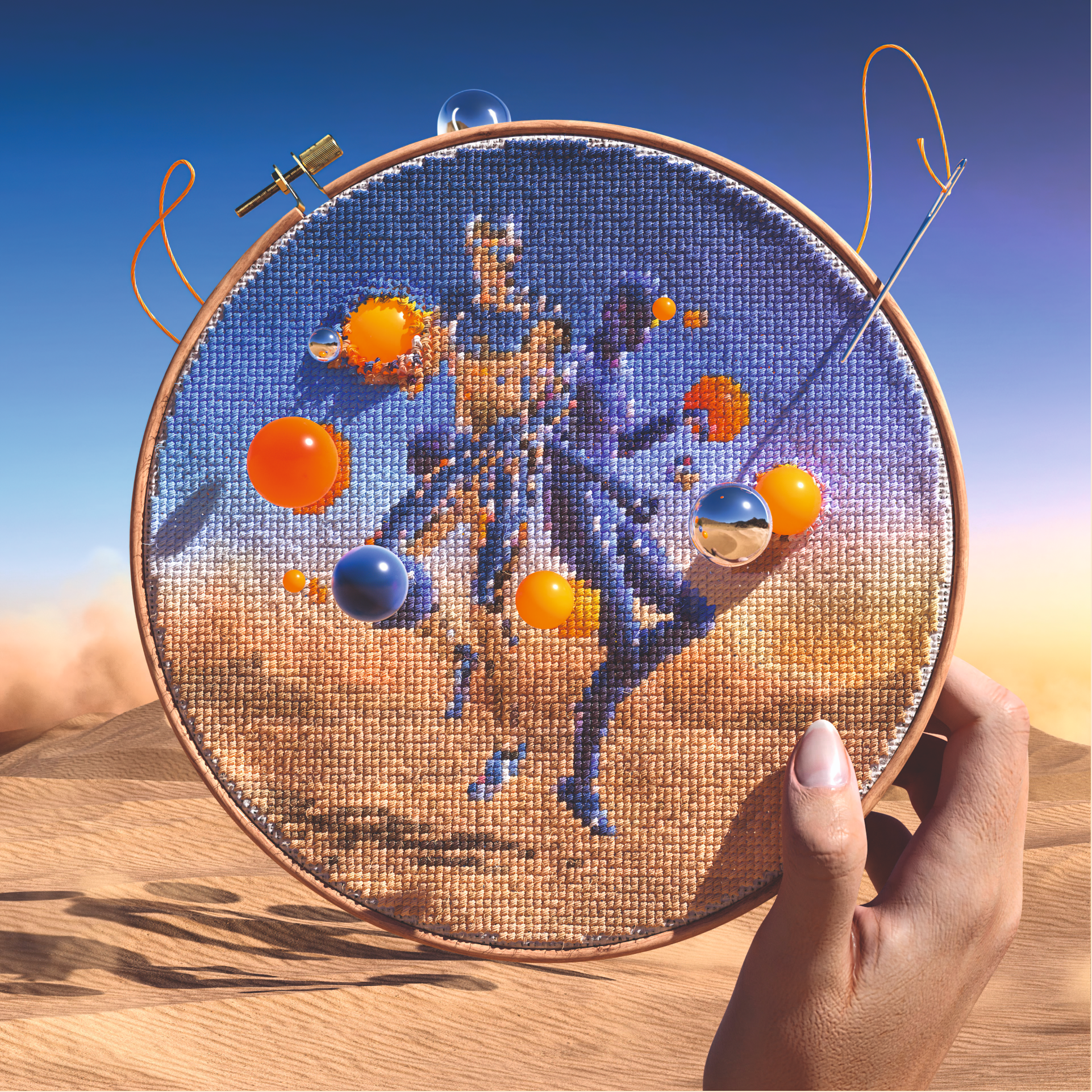
There is no one in the world right now who understands how trends are shaping different parts of the creative sector or even geographic regions more than you and Oscar. Were there any trends in recent years that dominated the global or specifically the CEE region’s scene?
To understand this region, we need to look at the extremely complex big picture. The effects of historic hardships, wars, civil wars, and political chaos are still very much present today, but not in the sense one would first think. Back in the day, due to the political climate for example in Poland, poster art was prominent as it was an art form that provided an opportunity for silent resistance and relative freedom for the artists who drew inspiration from many different sources: French modernism, cubism, Japanese wood engravings. The influence of vintage Polish poster art and commercial posters in general, is undeniable on today’s art scene.
Graphic design works from the region are characterized by an abundance of color, a sense of experimentation, and a strong desire for self-expression which, perhaps, is rooted in the experience of when it was largely restricted. Many think that Eastern European art is mostly fueled by Industrialism and Brutalism, however, I come across a more delicate style as well, specifically in typography. For me, browsing works from the Central and Eastern European region is always very uplifting, especially the colorful photos of Maria Svarbova.
As for global trends, works drawing inspiration from nature are undoubtedly gaining momentum. The pandemic made us find our way back to nature, as nature found its way back to us—in the form of coyotes roaming around Central Park, dolphins swimming in the canals of Venice —and we discovered the significance and beauty of a forest or even our own backyard.
Now, when opportunities for physical contact are restricted, we developed a desire to surround ourselves with aesthetic, handcrafted items that are delightful to touch—resulting in the renaissance of handmade pottery and other crafts.
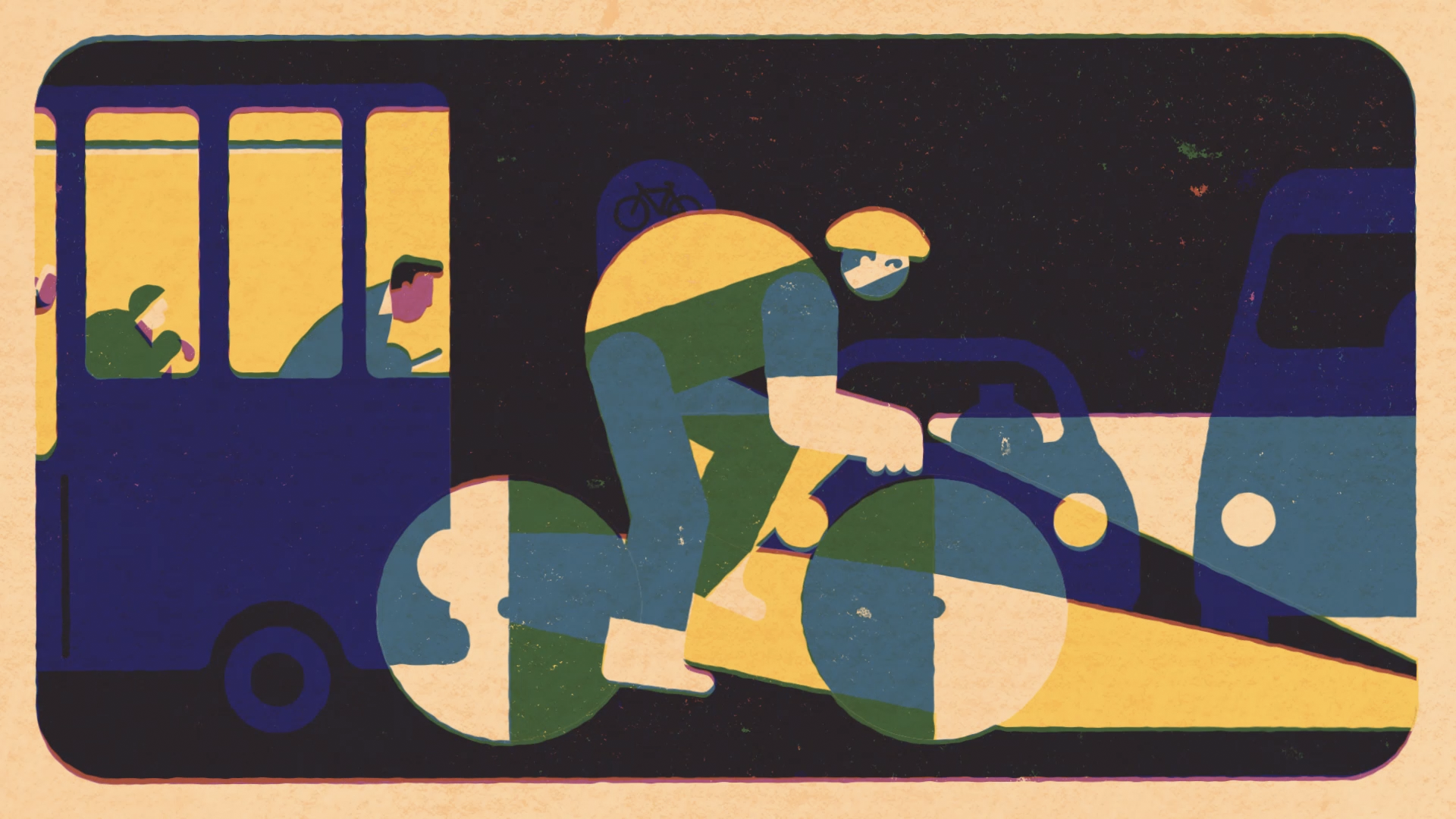
You mentioned how beautiful and uplifting a typography or photography project can be, or how a delicately made ceramic piece can make our lives better. What do you think makes design so powerful?
Design is powerful because it has a real impact on our lives. For example, architecture can contribute to buildings being more environmentally friendly and gentle to flowers, bees, and birds. Revising packaging design can make commerce more sustainable and reduce plastic production. These are all questions of design, and I believe designers and collaborators have the potential to change the world for the better. Use your power of positive design and make the changes you want in your life!
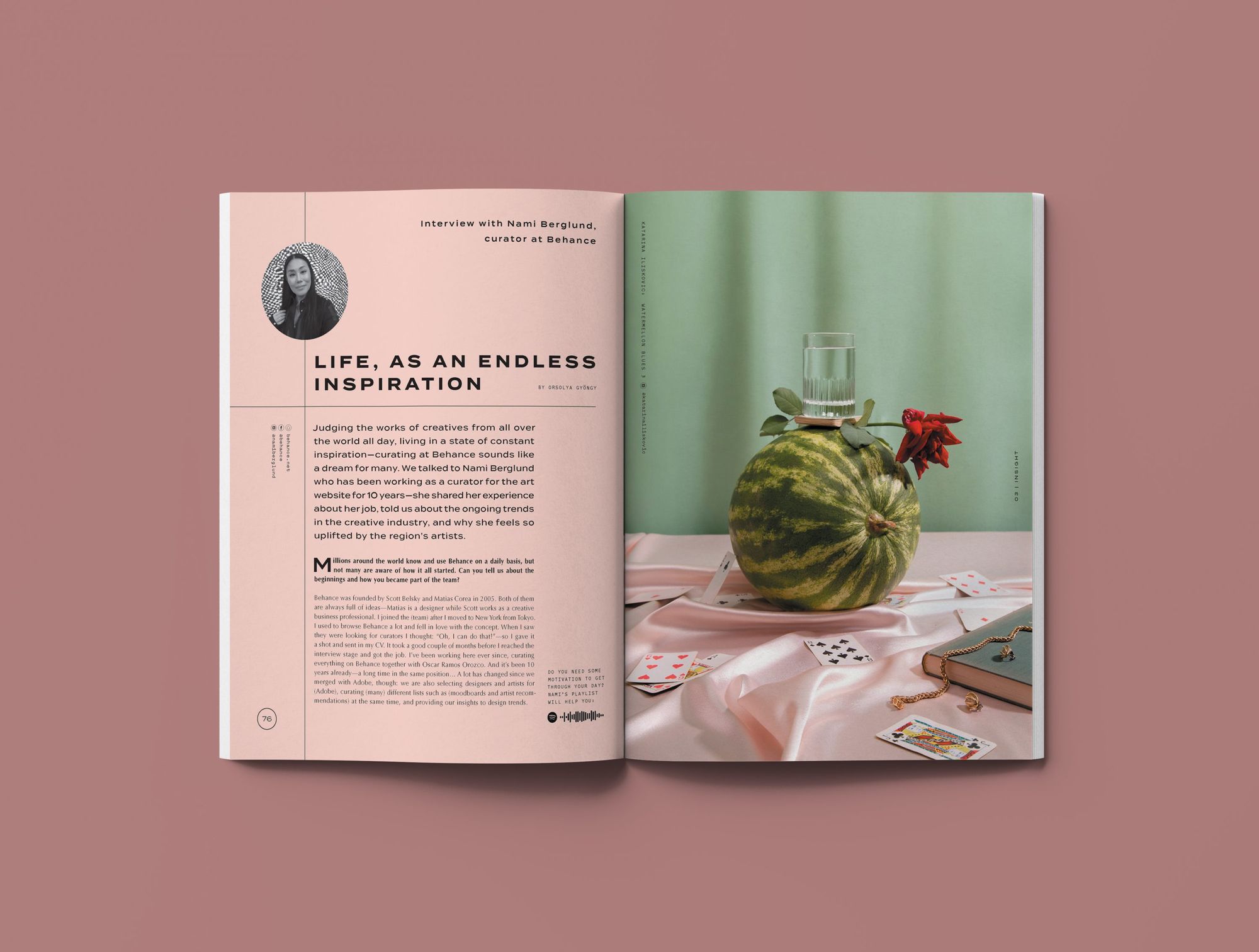
Prefer to read it in print? Order the second issue of Hype&Hyper magazine from our online Store!
Cover photo: Katarina Iliskovic: Watermelon blues 3
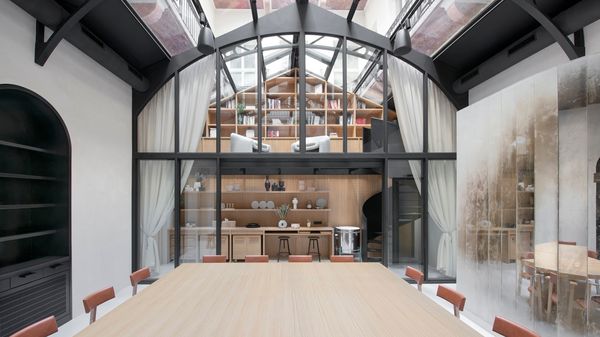
Beyond flavours: Műhely, the hall of ONYX

Clothes for (not only) extra tall people—interview with the founders of thisSIDE










